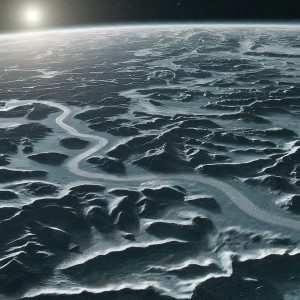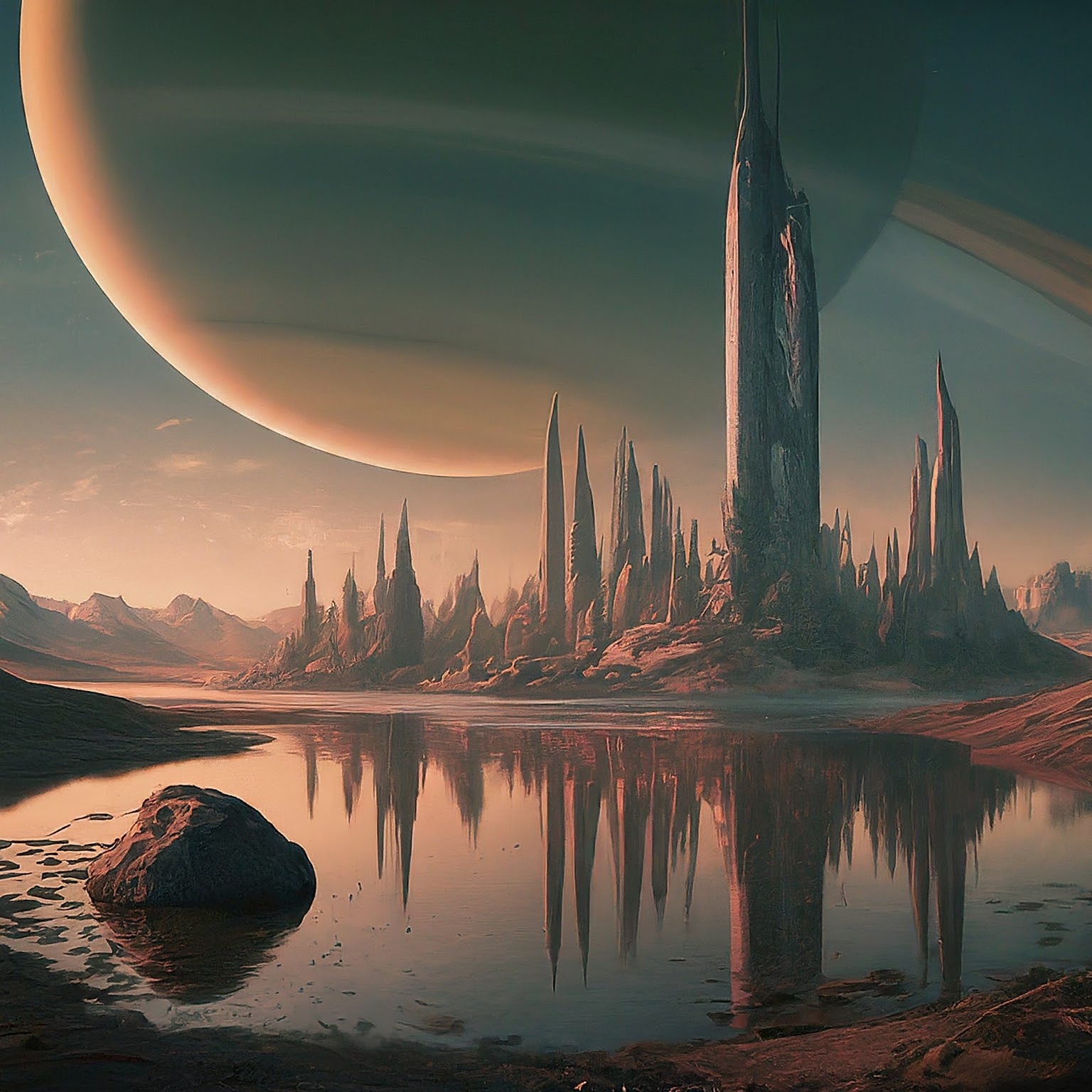Saturn’s largest moon Titan is one of the most fascinating places in our solar system. This icy ocean moon has long intrigued scientists with its Earth-like landscapes and thick hazy atmosphere. As the second largest moon in the solar system after Jupiter’s Ganymede, Titan is bigger than even the planet Mercury. Let’s explore this titan moon and why it’s considered a prime candidate in the search for extraterrestrial life.

Key Facts About the Titan Moon
- Diameter: 3,200 miles (5,149 km), 50% wider than Earth’s moon
- Orbital Period: 16 Earth days
- Mass: 1.8 times that of Earth’s moon
- Distance from Saturn: 759,000 miles (1.2 million km)
- Surface temperature: -290°F (-179°C)
- Atmosphere: Thick and nitrogen-rich like Earth’s
Titan’s Atmosphere and Methane Cycle
Titan is the only moon in the solar system with a substantial atmosphere. This atmosphere is composed of 95% nitrogen, like Earth. But unlike our planet, Titan has a methane cycle that is similar to Earth’s water cycle. Methane rains fall, flow across the surface, fill lakes and seas, and evaporate back into the sky on Titan. Sunlight interacts with Titan’s atmosphere to produce a variety of complex organic compounds, including hydrocarbons like methane and ethane. These compounds form an orange haze over the Titan moon.
An Icy World with Liquid Lakes

Despite the extremely cold surface temperature of around -179°C, Titan amazingly has liquid lakes, rivers, and seas on its surface. But rather than being filled with water, these bodies contain liquid methane and ethane – essentially large lakes of natural gas. Titan is the only other world in the solar system known to have liquid on its surface. This makes it unique among moons and an intriguing place to explore.
Subsurface Ocean and Potential for Life
Researchers believe Titan harbors a large subsurface ocean of salty liquid water beneath its icy crust, indicating it could potentially support life. Additionally, the complex chemistry occurring in Titan’s atmosphere and its methane-based hydrologic cycle make conditions on the surface a potential environment that could support unknown forms of life as well. While no life has been detected on Titan yet, it remains a prime target in the search for habitats beyond Earth.
Future Exploration of the Titan Moon
Titan’s mysteries have only begun to be unraveled, with data sent back by the Cassini-Huygens mission to the Saturnian system. Future robotic spacecraft will aim to land in Titan’s lakes and seas, sampling this frigid yet surprisingly Earth-like moon firsthand to gather clues about the potential for life’s origin in our solar system and beyond. This giant Titan moon presents one of the most promising places for discovery as NASA and other space agencies plan future missions to explore ocean worlds.

